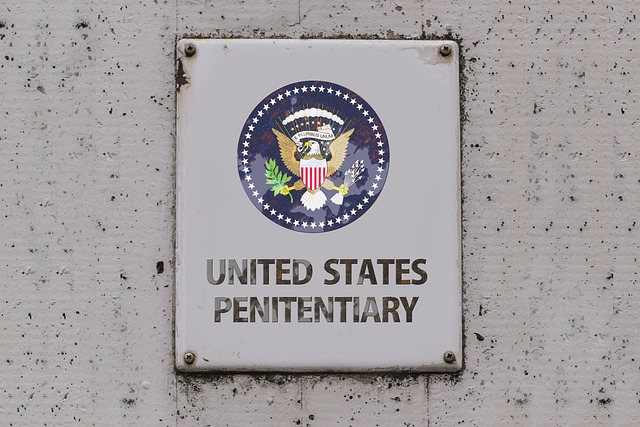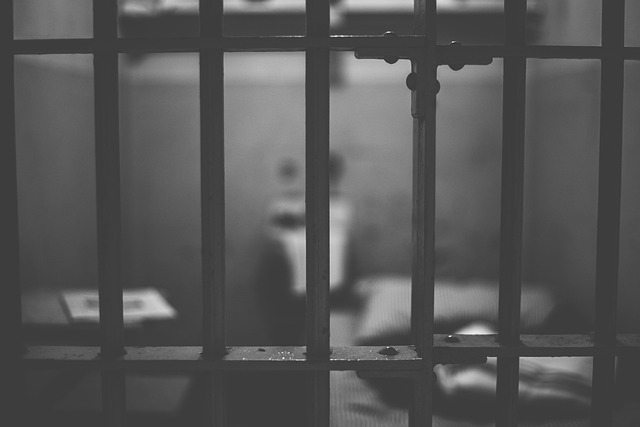In many places, pedestrians have explicit rights during DUI traffic stops to ensure safe streets and fair interactions. These include protection from intoxicated drivers, dignity, and maintained personal space. Both pedestrians and drivers should be educated on these rights and responsibilities, covering crossing streets, using sidewalks, and encountering emergency vehicles. Pedestrians face unique hazards in urban settings, so clear communication and de-escalation tactics by officers are crucial for physical and psychological safety. During stops, pedestrians have the right to remain silent, refuse searches without probable cause, and request legal support. A comprehensive strategy involving traffic law enforcement, infrastructure improvements, community engagement, and technology is needed to create safe streets for all, with a focus on protecting pedestrians' specific rights during DUI traffic stops. Advocacy groups and legal experts play a vital role in upholding these rights and promoting accountability.
In today’s world, ensuring safe streets for pedestrians is a paramount concern. Pedestrians’ rights, particularly during DUI traffic stops, must be understood and protected. This comprehensive guide explores crucial aspects of pedestrian safety, focusing on risks associated with DUI stops and strategies to safeguard your rights. We delve into legal protections and advocacy methods, empowering folks to navigate these situations knowledgeably. By understanding your rights during DUI traffic stops, you contribute to fostering a symphony of safe streets for all users.
- Understanding Pedestrians' Rights: A Comprehensive Guide
- DUI Traffic Stops: Potential Risks for Pedestrians
- Protecting Your Rights During Stopping Situations
- Strategies to Ensure Safe Streets for All Users
- Legal Recourses and Advocacy for Pedestrian Safety
Understanding Pedestrians' Rights: A Comprehensive Guide

In many jurisdictions, pedestrians have specific rights that must be respected and protected. Understanding these rights is crucial for ensuring safe streets and fostering a positive relationship between pedestrians, drivers, and law enforcement. One critical aspect to consider is what happens during DUI (driving under the influence) traffic stops. Pedestrians have the right to safety and security, which includes being free from harm or harassment by intoxicated drivers. They can expect to be treated with dignity and respect, their personal space protected, and their rights maintained throughout any interaction with law enforcement officers conducting DUI checks.
A comprehensive guide to pedestrians’ rights should include knowledge of their legal standing in various situations, such as when crossing streets, using sidewalks, or encountering emergency vehicles. It’s essential for both pedestrians and drivers to be aware that everyone shares the responsibility of keeping our streets safe. This understanding can lead to more harmonious interactions, reduce potential conflicts, and ultimately contribute to a culture of road safety where all parties are treated fairly and with consideration.
DUI Traffic Stops: Potential Risks for Pedestrians

Pedestrians, especially those in urban areas, face unique risks during DUI traffic stops. When law enforcement officers pull over a vehicle suspected of being driven under the influence, the focus typically shifts to the driver and any passengers in the car. However, pedestrians nearby may not be as protected. The potential dangers include increased vehicular traffic in the area due to the stop, which could lead to accidents involving pedestrians. Additionally, during the interaction between officers and the driver, there’s a risk of bystander intimidation or even harassment, particularly in areas with historical tensions.
Ensuring pedestrians’ rights during DUI traffic stops involves more than just preventing physical harm. It also encompasses psychological safety. Pedestrians have a right to observe these stops from a safe distance without feeling threatened or pressured. Clear communication and de-escalation techniques by officers can help mitigate risks, ensuring that the focus remains on the primary task of assessing intoxication levels while prioritizing everyone’s well-being in the immediate vicinity.
Protecting Your Rights During Stopping Situations

When facing a DUI traffic stop, pedestrians have rights too. It’s crucial to remain calm and assertively communicate with the officer. You have the right to remain silent; anything said can be used against you in court. Additionally, you’re permitted to refuse consent for searches unless there’s probable cause. Requesting a lawyer or a trusted companion for support is your right as well.
Remember, officers must have reasonable suspicion of illegal activity before stopping a vehicle. If you believe your rights are violated during the stop, document interactions, noting dates, times, and officer behaviors. These details could be invaluable if the situation escalates or requires legal action, ensuring your Rights During DUI Traffic Stops are protected.
Strategies to Ensure Safe Streets for All Users

Creating safe streets for all users, including pedestrians, involves a multi-faceted approach. One key strategy is implementing and strictly enforcing traffic laws designed to protect vulnerable road users. This includes reducing speed limits in areas with high pedestrian activity, installing physical barriers like raised crosswalks and dedicated bike lanes, and increasing penalties for drivers who disregard safety regulations.
Moreover, fostering community engagement and education programs can empower pedestrians with knowledge about their rights and responsibilities. Promoting awareness about safe walking practices, such as using crosswalks and wearing reflective clothing during low-light conditions, is essential. Additionally, integrating technology like pedestrian-activated traffic signals and smart street lighting systems can enhance safety by providing real-time data for better infrastructure planning and response to potential hazards. In terms of specific rights during DUI traffic stops, pedestrians have the right to safety and protection from impaired drivers, underscoring the critical need for these integrated strategies.
Legal Recourses and Advocacy for Pedestrian Safety

Pedestrians have legal rights and recourse when it comes to their safety on the streets, especially during interactions with law enforcement or in cases of DUI traffic stops. Advocacy groups and legal experts play a crucial role in ensuring these rights are protected. If a pedestrian feels they’ve been wronged or their safety compromised, they can seek help from such organizations that specialize in civil rights and law enforcement accountability.
In the context of DUI stops, pedestrians have the right to be free from unreasonable search and seizure, as well as protection against any form of discrimination. Legal advocacy ensures that these rights are upheld, and provides support for those who may not know their options or feel intimidated by legal processes. This includes helping pedestrians understand their rights during interactions with law enforcement, and guiding them through potential legal actions if their safety is compromised.
Pedestrians’ rights and safe streets go hand in hand. By understanding your legal protections during DUI traffic stops and employing strategies to ensure all street users’ safety, we can create a more inclusive and secure environment. Advocacy for pedestrian safety is vital, and knowing your rights is the first step towards a more responsible and considerate society. Let’s continue to push for policies that prioritize everyone’s well-being on our streets, making them not just safe but welcoming for all.






